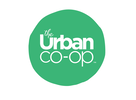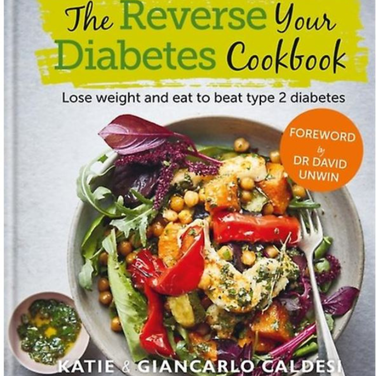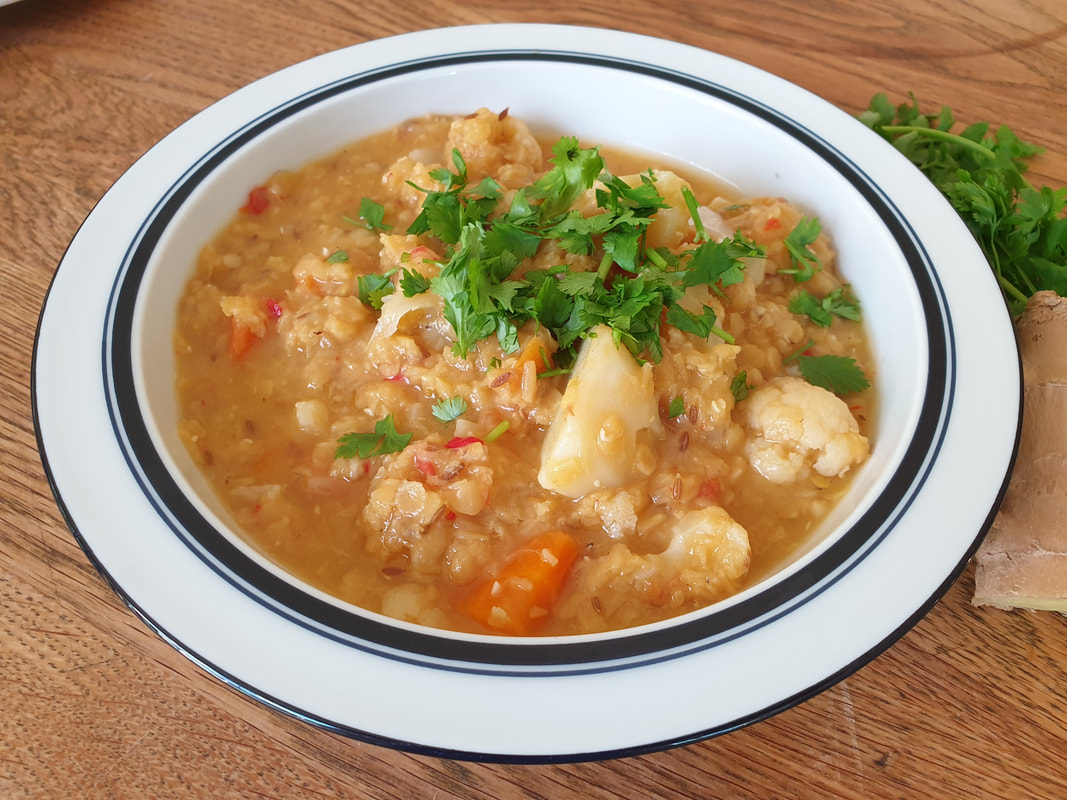0 Comments
Not all food is created equal, and we are beginning to realise the reality of this. It is encouraging to see the collective awakening happening on the harms we are doing to the population. The drive to force the land to yield extra so that the growing populations could be fed (in the form of the Green Revolution) has had an untold implication for our health. Though this revolution brought us cheap food we are paying an ultimate price to balance the books.
Revaluing food for what it truly is capable of is part of our goals. But how do you present the true value of food to the consumer so used to low prices for food? Organic food has created a value proposition and there is much work being done to maintain the status of difference that this word represents. But it is not black and white. Like our human microbiome there is increasing recognition that there is enormous variability in the soil health and resulting nutrient content of foods. A label may not be able to communicate the true value. We are following with interest the work of the Bionutrient Institute in the US on this topic. Looking at the variability of the nutrient content of a variety of crops, the range is quite amazing. One beetroot can be 9 times more nutrient dense than another. It really does matter where it comes from and how long it has taken to get to the consumer. We would love to test our local foods and compare notes! Our taste buds can often give us a clue to the quality. The question is are we prepared to put a price on this difference? Anne Maher
mind. Books on climate change do not rate highly on my go to list generally but I am glad to have been drawn to this one as we are continually fed the diet of disaster and doom from our media channels about just how guilty we all are to the plight we find ourselves in and how the farming community are bearing the brunt of the finger pointing. Here is part of the review from Amazon…
When it comes to climate change, the media, politicians, and other prominent voices have declared that “the science is settled.” In reality, the long game of telephone from research to reports to the popular media is corrupted by misunderstanding and misinformation. Core questions ― about the way the climate is responding to our influence, and what the impacts will be ― remain largely unanswered. The climate is changing, but the why and how aren’t as clear as you’ve probably been led to believe. Fascinating, clear-headed, and full of surprises, this book gives readers the tools to both understand the climate issue and be savvier consumers of science media in general. Koonin takes readers behind the headlines to the more nuanced science itself, showing us where it comes from and guiding us through the implications of the evidence. He dispels popular myths and unveils little-known truths: despite a dramatic rise in greenhouse gas emissions, global temperatures decreased from 1940 to 1970. What’s more, the models we use to predict the future can’t accurately describe the climate of the past, suggesting they are deeply flawed. Unsettled is a reality check buoyed by hope, offering the truth about climate science that you aren’t getting elsewhere―what we know, what we don’t, and what it all means for our future. This book is not for the faint hearted and to be honest there were parts that I just glazed over. However, it was a satisfying read and as a savvier consumer of science media this can only improve your mental health! Anne Maher
We pay a heavy price for this chronic poisoning in physical and mental health problems. Our time and resources are channelled towards managing and caring with the fallout. It is exhausting!!
The top 100 grocery brands are revealed again for Ireland and yet again Coca Cola gains the top spot. The top 10 list below is a sobering reminder that what we consume is far removed from the concept of nourishment.
Half of this list are carbonated energising drinks that are well implicated in the debacle of diabetes/obesity incidence. Addictive and readily available everywhere! Real Food advocates are usually those who have learned the hard way. Ill health driving a change in behaviour to seek an alternative to the intolerable status quo. Seeking the Real Food amid the ultra-processed can be a challenge. What if Real Food was as available? What if Real Food was as heavily advertised? What if Real Food was normal? I propose a top 100 Real Food Brand list to champion each year as we see out the end of the 30 day local food challenge. I welcome your suggestions! Anne Maher
Of course, dahl (the word for lentils) can be made is so many ways, with every type of lentils, and there are many. We tend to use red lentils as they are the ones, we started making dahl with and we like it, easy, that simple, and so good.
Recipe Makes enough for 6 servings … but if you need a second helping, we cannot be sure 😊 INGREDIENTS
Note: Sometimes we add cauliflower or cold cooked boiled potatoes. In this photo we added both as we had them ready. The cauliflower if broken small will cook in ten minutes, add at the same time as the onion mixture. Add the potatoes a few minutes before serving to heat them through. METHOD
Enjoy Jacques Brennan @HungrySoulVegan - Changing the Culture
ingredients, including celery. When researching this dish, I was surprised to learn that celery is an ancient Mediterranean herb and vegetable; originally using just the leaves or seeds for flavour – and more recently using the whole plant. In fact, in northern Italy, you’ll notice people buying a stalk or two of celery for flavouring and rarely see it used as a vegetable in a dish.
The flavour of Caponata is derived from the addition of olives and capers and a little vinegar and sugar at the end of the cooking period – this gives it its distinctive ‘agrodolce’ taste i.e., sour, and sweet. You may not have associated Italian food with sweet and sour dishes, but this is a typical and very old tradition in Sicily where fruit, vegetables, olives, and capers were preserved in brine, oil, vinegar and/or dried to last the winter. Note: I have given precise quantities for the recipe – but you can use these as a guideline and add or subtract amounts according to availability and taste RECIPE
METHOD Note: you’ll need 2 large deep pans or pots for this – that way you make it more quickly!
Enjoy Katie Verling As part of co-operative principles and in line with our strategic plan, our work experience program has gotten underway this week.
We are delighted to engage with a wide variety of valued community participants, in this unique and exciting venture. Our current community partners include:
We aim to provide meaningful, individualised, and relevant skill sampling in an effort to highlight existing individual strengths. This allows participants to explore new work opportunities in a supported and structured learning and working environment. The initiative has already garnered much support and positive feedback, both from participants and local stakeholders. The dual benefits are already apparent to both The Urban Co-op and our community partners and will be part of an on-going and expanding social inclusion engagement process. Geraldine Fitzpatrick |
Categories
All
Archives
July 2024
AuthorsRecipes from Katie Verling & Jacques |









 RSS Feed
RSS Feed